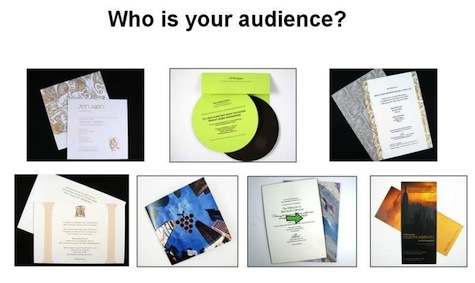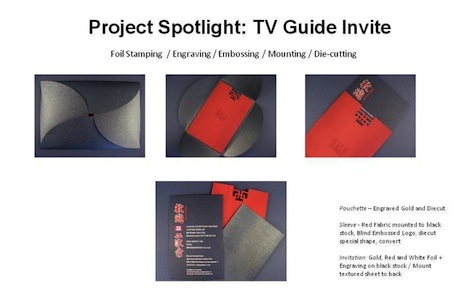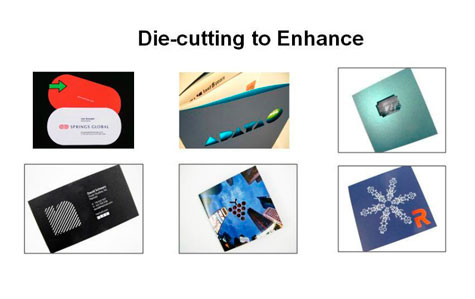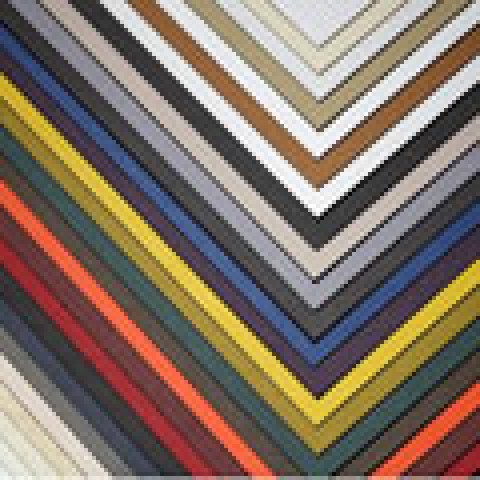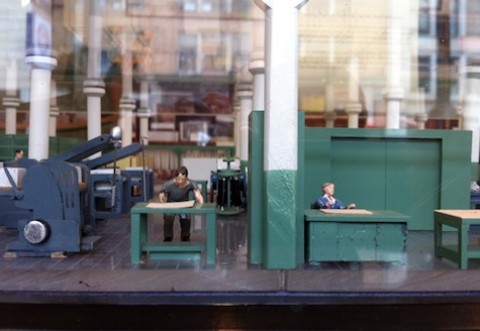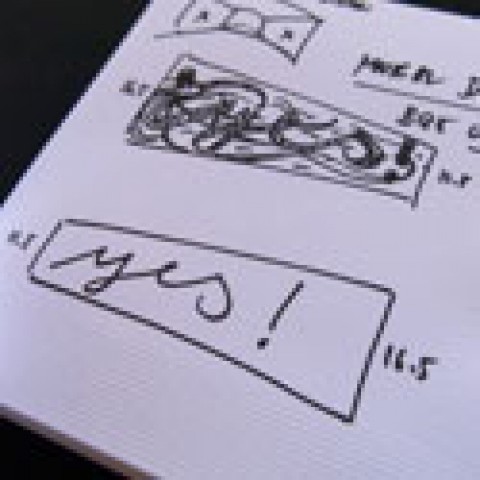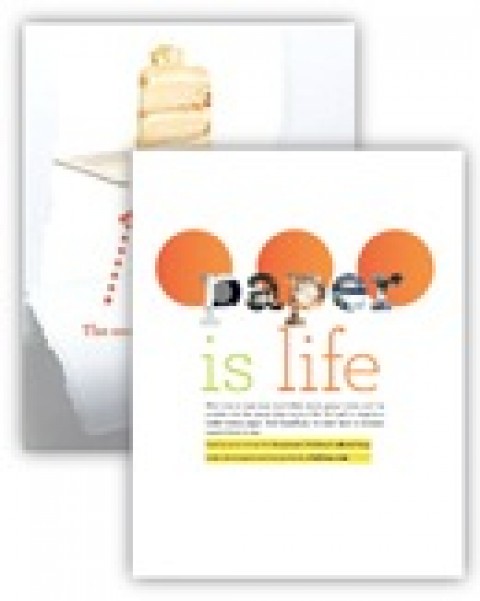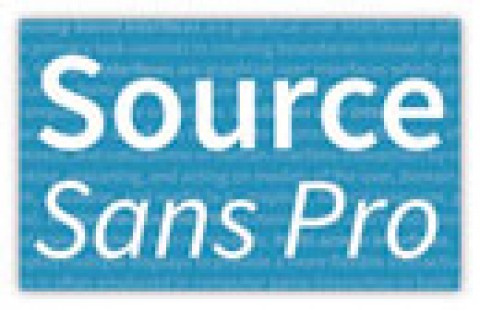
Editor’s note: As much as we adore choosing just the right papers for a project, our heart races just a little faster when the purse strings loosen and an assortment of finishing options suddenly become possible. While the urge is to pick and choose to our heart’s content, there are rules we all must follow to prevent that beautiful piece of paper craft from becoming a bruised, misaligned mess.
In this excerpt from the PaperSpecs Webinar “Mixing it up: How to Combine Specialty Finishing Processes”, Precise Continental’s Sheila Donnelly presents us with six tips guaranteed to improve your finished product. (PRO members: You can check out the complete Webinar here. Not a member? Why not start your PRO membership today?)
1. Enlist the help of your printer during the design phase. “Most printers are more than happy to get together with you and to start to share ideas, collaborate, look at what the pros and cons for different processes are, what the pros and cons of different stocks are, and help you to see what the best way is to make your project happen. Then you can go to your clients and share with them the best options…
“Unfortunately we’ve seen it happen too many times where a client has come to us with a piece that they designed and said, ‘Look at this great piece I made! It’s gorgeous! I want it to be this, this and this.’ And then we looked at it and said, ‘Unfortunately, manufacturing-wise, we can’t do it like this. We can give you options. It could be done this way or it can be done that way, but we can’t do it the way that you necessarily had originally spec’d it.’ And they say, ‘But my client loves it like this.’ And unfortunately, it doesn’t work out that way and they’re having to apologize to their customer, we’re having to apologize to them, and everybody’s disappointed.”
2. Be prepared to experiment and to make dummies. “So many of the processes and the projects, they’ve not been done before. Even though you may have worked with a particular stock using one process, when you add a subsequent process to it, it may act in a different way, so that’s why it becomes really important to be able to make these dummies and experiment with the different processes to see how they integrate.”
3. Be flexible. “When you are working with these different processes, you’re not necessarily going to get the results that were anticipated originally, so you want to have flexibility so that you can work with the process to come out with a product that’s going to make you and your client look the best.” Take this invitation for TV Guide (see below).
“We started putting together different paper samples and then did actual press proofs using the different stocks, combining the different elements together, so foil stamping, engraving, seeing what would work and what wouldn’t work…
“Where the flexibility had to be involved is that originally it had very elaborate, very intricate small holes being cut out. In order to make the piece be able to stand up on its own and be done with the steel-wool die cutting, the shapes had to be widened. So that’s another reason why flexibility is such an important thing.”
4. Realize that some papers will work better with some processes than others. In ever paper mill swatchbook, “they are going to have production tips listed in the back, and we really recommend that you become familiar with them. For instance, on Neenah’s STARWHITE Flash, they give you some snippets of information that, for the inks, you want to make sure you use fully oxidizing ink. Foil stamping, make sure you pretest the sheet, additional drying time needed.
“On the Crane’s Lettra paper, it tells you that there is a difference in the pattern between the two sides of this sheet, so you want to make sure that you know this, that you are aware of the different types of paper, what the limitations and what their benefits are.
“The STARWHITE Soft Touch was a beautiful sheet of paper. You need to use 100% oxidizing ink, pretesting is recommended for foils, and a key thing — engraving is not recommended. So if you were looking at this stock and wanted to do engraving on it, Neenah is already telling you they don’t recommend it. So that’s something that you want to make sure you are aware of.”
5. Subsequent processes can actually ruin previous ones. “We’ve had jobs where we engraved a sheet, it looked beautiful, then we went to put foil stamping on, and the heat of the foil made the engraving rub right back off. That’s something that unfortunately, you don’t necessarily know is going to happen; you can’t predict it. So you need to be able to test it, be flexible, and also allow enough time.
“One of the other things that can really send your design back is if you’re not allowing enough time. All of the specialty processes take time to be done – you want to make sure that you’re incorporating enough time in the schedule to allow for them to be done, and allow for drying time, stirring time, before things happen.”
6. Know your budget. “It’s important for you to check with your clients and see what the budget is before going through the process of creating this elaborate, gorgeous piece that would work for somebody with a budget that’s three times the size of your client’s. That’s because it’s very hard to take an enormous project down to a budget that doesn’t come close to it.
“And almost every printer I know, if you go to them and you say, ‘This is where my budget is for the project,’ they’ll be happy to share with you different ways to keep you within your budget to come up with that piece that really stands out and makes a great impression.”
….


